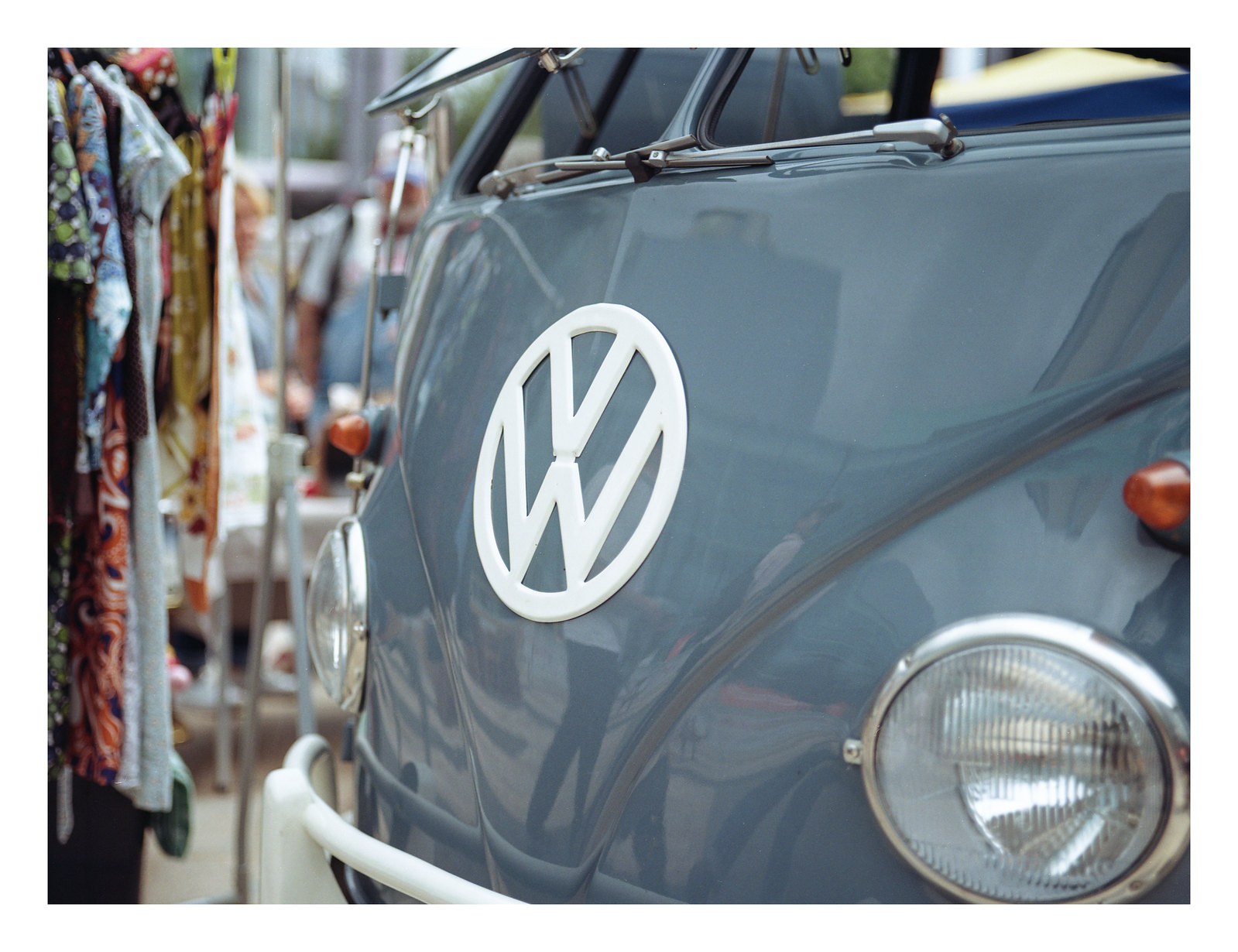- Messages
- 2,350
- Name
- Kevin
- Edit My Images
- No
Olympus OM2n, 35mm lens, Adox HR-50 film with an R72 filter, developed in EuroHC Dilution H.

St Mary the Virgin church, Morpeth by Kevin Allan, on Flickr

St Mary the Virgin church, Morpeth by Kevin Allan, on Flickr
Last edited:























































